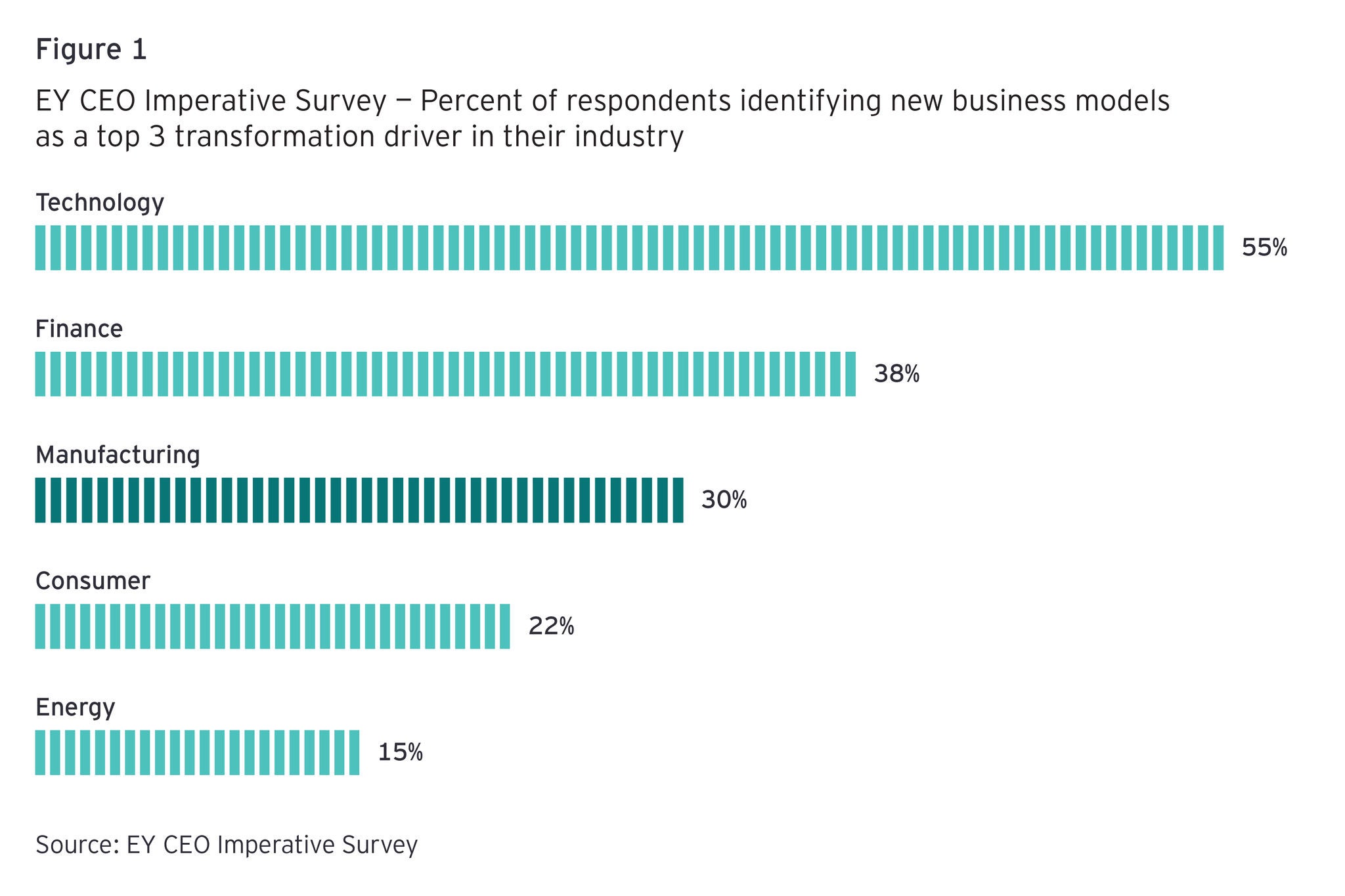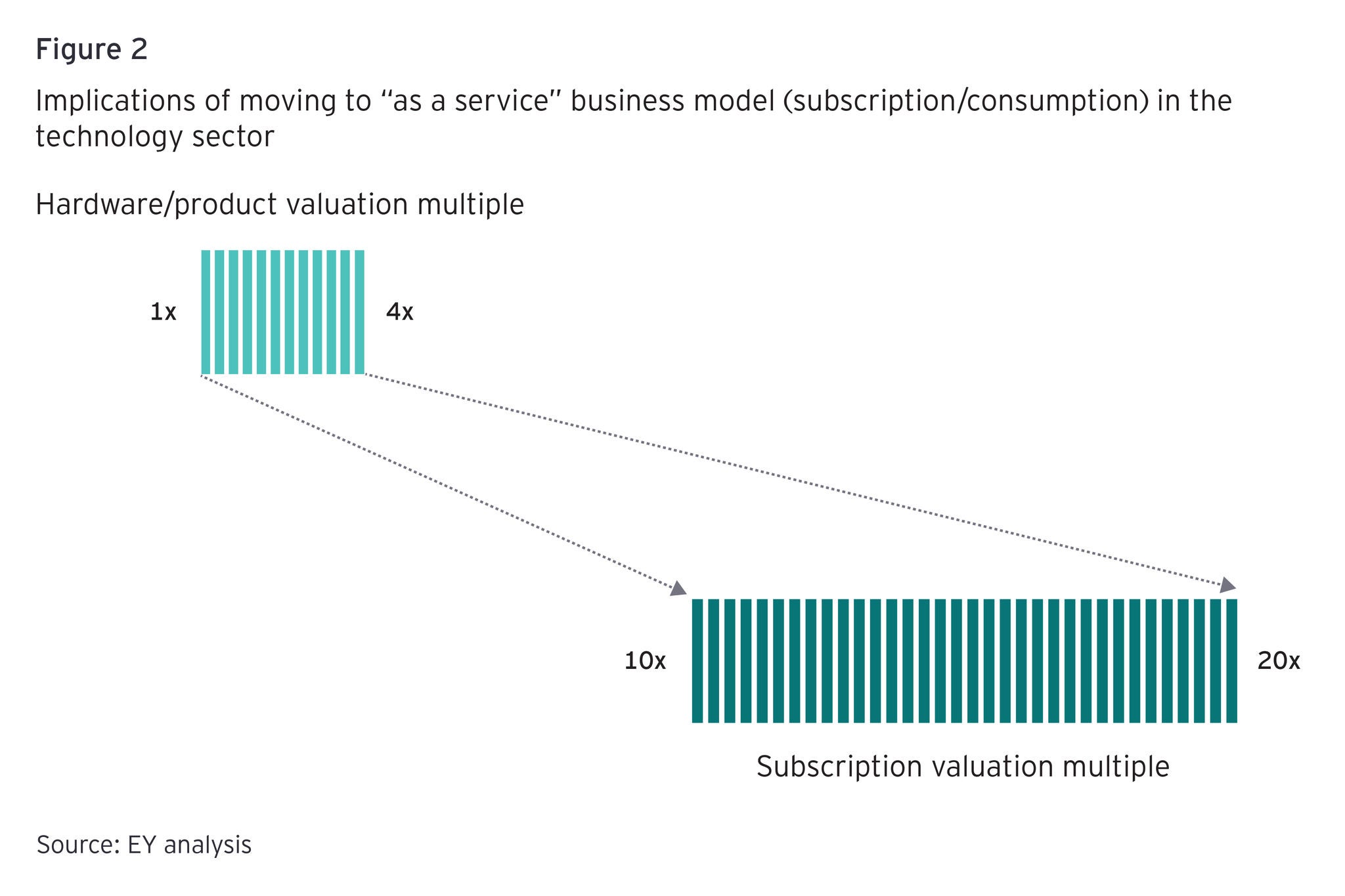EY refers to the global organization, and may refer to one or more, of the member firms of Ernst & Young Global Limited, each of which is a separate legal entity. Ernst & Young Global Limited, a UK company limited by guarantee, does not provide services to clients.
How EY can help
As manufacturing companies seek sustainable, profitable growth, the incentives for laying the internal and external groundwork for business model innovation are clear. Nevertheless, it’s not surprising that sector CEOs are prioritizing more tangible and predictable actions (e.g., investments in data and technology) over significant changes in their offerings.
Even if business model innovation doesn’t appear anywhere on management’s to-do list, leaders should still ensure they are thinking carefully about the current and future state of their business model and its relationship to the value chain. The answers to these questions may reveal critical knowledge gaps or risk areas that should be addressed, regardless of the specific solution:
- Value of offering: Where and how is value created by your company’s products and services?
- Value to customers: Where would your customers say your products and services deliver value? How do you know this?
- Pricing of value: How does your company set prices? What is the relationship between your prices and the value delivered to customers?
- Forms of value: What forms of value exchange could you be taking advantage of beyond just fees for products? Would you be better off charging less and receiving additional data, IP rights, or access to new types of customers?
- Value from competitors: Where are your competitors creating and delivering value?
- Ecosystem partners: How are partnerships adding to the value of your products and services?
- Products, processes and people: Do you have the right products, processes and people within your organization to maximize value? If not, where is the greatest need for change?







